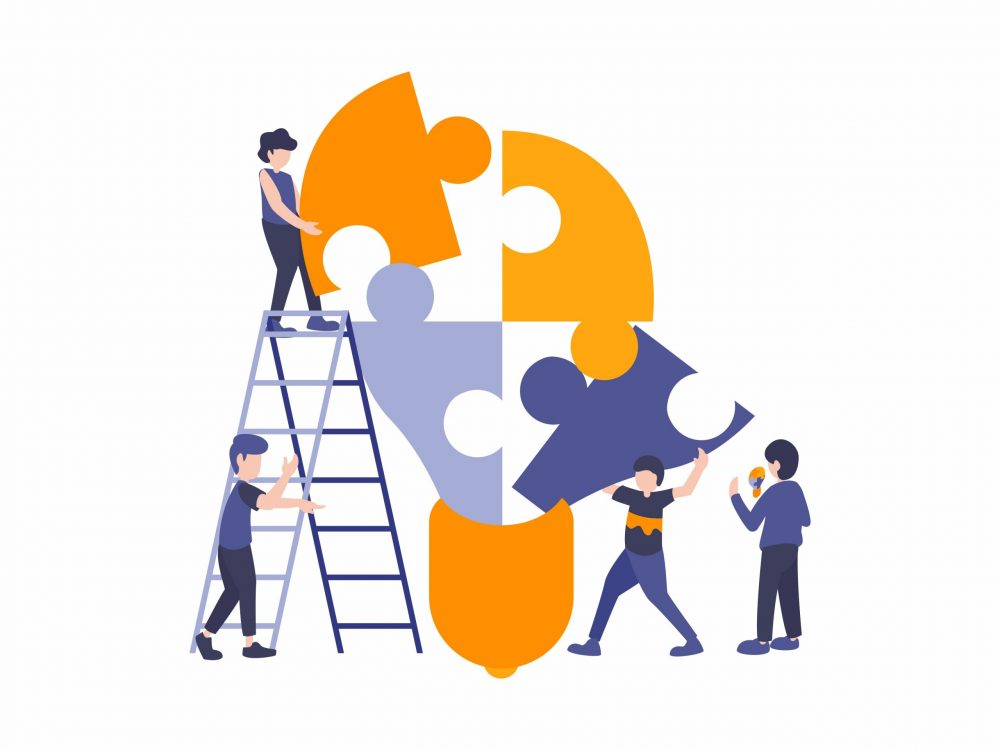Cushman & Wakefield‘s Antonia Cardone reflects on pre-Covid workplace dynamics and how they have evolved five years later.
I need to be more careful when I make bold statements! Sometimes people remember them and come back looking for more! So here we are: in mid-2020, early days in the COVID pandemic, I said that it would be at least 5 years before we really understood the impact this global event would have on people, work and society. Now, 5 years after the world first shut down and everyone left their offices and learned how to work from home, we’ve experienced, observed and learned A LOT! Here now are my observations.
The Employee-Employer Contract has evolved significantly, with changes in expectations and responsibilities on both sides. The old rules don’t apply the same way anymore. While working from home during the pandemic people felt trusted and understood. They kept working, and companies saw positive results, so now when that trust is rescinded through demands to return to work in the office, the contract is broken. This has created a slump in engagement scores and a need to better understand the employer-employee relationship.
The Traditional Work Week has transformed with flexible schedules and remote work becoming common. We see that people now manage their time differently, finding new ways to balance work with personal life. It is no longer a 9-5, 5 day work week, but instead is divided in ways that suit the employee and their family life.
Some are working fewer, longer days; some are dividing the day into parts with significant gaps between; some are working more, shorter days: we manage our work lives differently now.
Commuting is now cited as an issue every time employees are consulted about their work patterns. The rise of remote work has reduced the need for daily commuting and highlighted the challenges and inefficiencies of doing so. An hour in the car or on public transit: for whom is it beneficial? Why go when others are not there? Who’s paying for it now? In past, when a candidate accepted a new job, they evaluated the commute as one of the requirements of the job and assessed their willingness to commute for the benefit of the job and its rewards. Now it is considered a burden, over and above the other challenges of the job, and a major influence in whether the job is desirable or not.
Mental Health and Well-being have become critical considerations since the pandemic brought these issues forward, prompting organizations to find new ways to support their employees’ mental health and overall well-being.
Now, there is demand for more inclusive and accessible workplaces, driven by the diverse needs of employees, including minority groups, those with neurodiverse conditions and physical disabilities.
As the younger generations in the workforce Prioritize Lifestyle Over Career, (a significant shift influenced by the pandemic), organizations acknowledge the need to focus on community and culture in the workplace. ‘Culture heroes’ and ‘community activation’ can draw people to the office, creating a magnetic effect that fosters engagement and collaboration. These kinds of initiatives can make the choice to go to the office feel more like a lifestyle than a career decision.
Organizationally, we have observed changes too.
The workplace is evolving to accommodate new work patterns and technologies albeit slowly. The purpose of the office has changed to being ‘the place where we go to work together and get to know each other’, rather than ‘the place we go everyday for everything’. This has driven changes in office design, the integration of new tools, and a focus on creating environments that support both in-person and remote work. However, investments in office space are not often solving the problem of low attendance. Simply improving physical spaces is not enough to draw employees back to the office.
But, there is a lack of innovation in office solutions with companies making only incremental changes rather than bold, transformative investments. This hesitation is partly due to the high cost and uncertainty of the effectiveness of new solutions. Companies are not exploring new concepts without clear evidence of their impact, through data, anecdotes, examples or predictions. This is driving the industry to find new ways to test concepts and measure the impact in the hope of achieving significant advancements.
With the emergence of hybrid work patterns, ‘ownership’ of hybrid work programs in organizations remains unclear. While hybrid conversations have been elevated to the C-Suite, there is often no clear assignment of responsibility for solving hybrid work challenges, despite their importance. This means ongoing confusion in industry and inefficiencies in organizations as needs fall between the cracks.
The workplace strategist has emerged as a key leader in the decision-making around employee work patterns, workplace investments, and organizational culture. This elevation has led to a greater focus on data-driven workplace strategies and the integration of HR, finance, operations, and technology.
In conclusion, the workplace has undergone a seismic shift over the past five years, transforming from existing rigid structures to driving the need for dynamic, flexible environments. We’ve seen the rise of hybrid work, the reevaluation of commuting, and a renewed focus on mental health and well-being. As we continue to adapt, let’s embrace the changes, foster community, and innovate boldly. The future of work is not just about where we work, but how we come together to create, collaborate, and thrive. Here’s to a new era of work-and-life!

